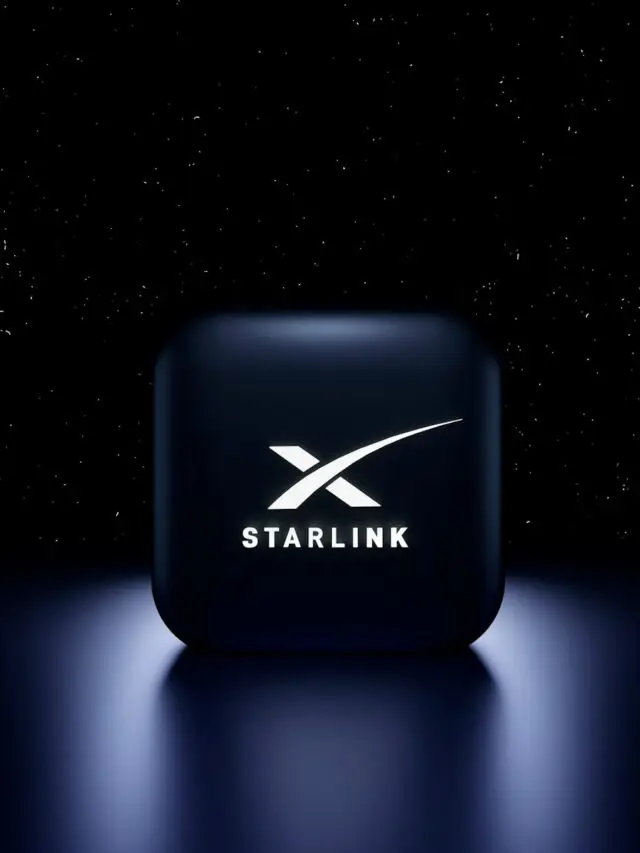Over the weekend, Elon Musk experimented with streaming Diablo IV gameplay on his social media platform, X.
This stream also served as a test for Starlink, as it relied entirely on the satellite constellation for its internet connection.
Expansion of Starlink
When Starlink was first launched and started gaining popularity, it faced significant criticism due to its delays.
The service suffered from latency and unstable connections, making it impractical for activities requiring real-time interaction, like streaming and gaming.
However, with thousands more satellites now in orbit, Starlink has become a leading example of the potential of private spaceflight.
The service is now commonly used on planes, cruise ships, and camper roofs, making it the preferred choice for those constantly on the move.
X Streaming Test
During the stream, Musk proudly announced that SpaceX had reduced Starlink’s latency to 30ms, with plans to lower it to 20ms next year.
This improvement would bring Starlink’s latency closer to the average ranges of fiber and cable internet connections, which, according to the FCC, are around 12ms and 16ms, respectively.
Nonetheless, Starlink’s latency capabilities are ultimately constrained by the laws of physics. The communication, which relies on radio waves and lasers, is limited by the speed of light.
Musk mentioned that achieving latency as low as 4-5ms might be possible, but it would likely take many years if it can be achieved at all.
Overall, the stream was smooth, and it would have been hard to tell it was using satellite internet.
However, this performance isn’t universal, as many users in certain parts of the world still experience inadequate latency for streaming.
Additionally, it’s unclear what version of Starlink Musk was using or if he had access to a special internal version that enhances the service for the company.
Musk frequently tests advanced software builds at Tesla and has modified the X algorithm to prioritize his posts.
Regardless, satellite internet has significantly improved from the several hundred-millisecond latency reported by the FCC in 2021.


